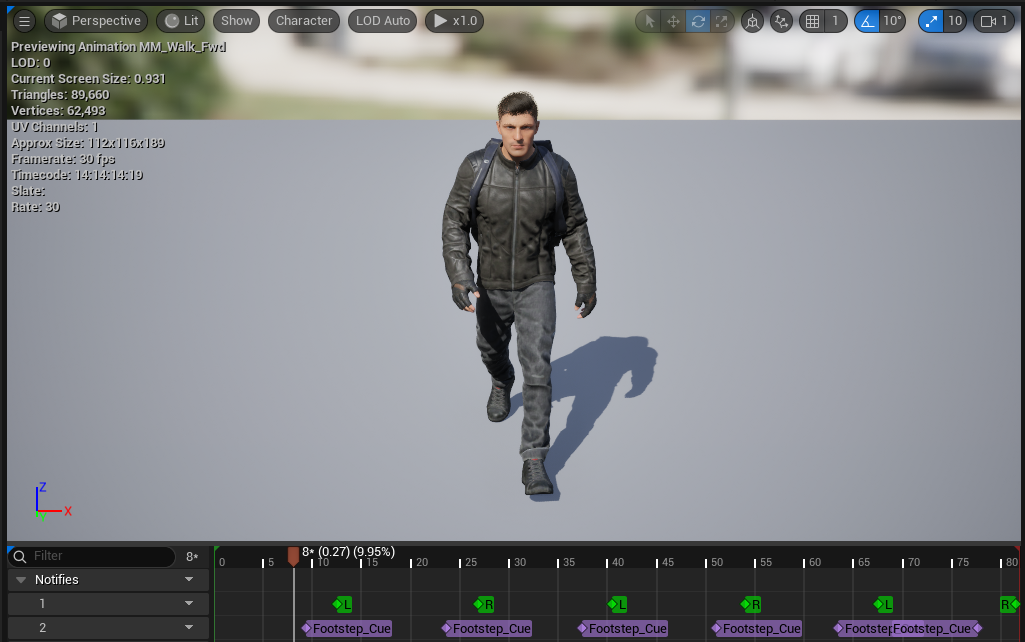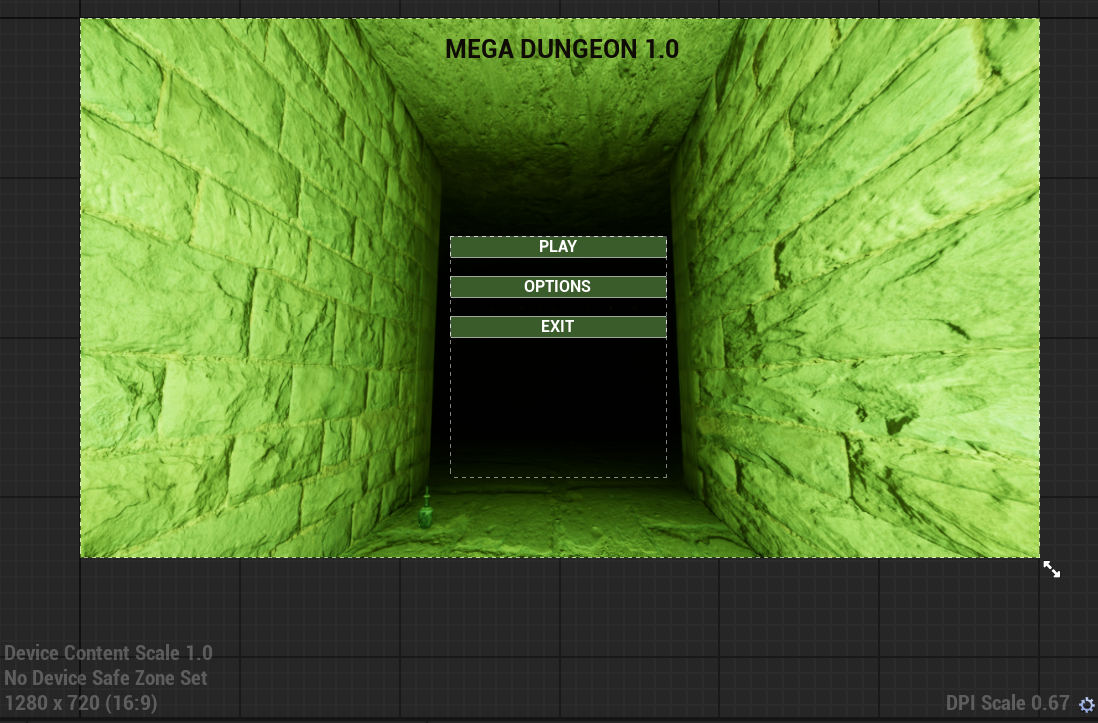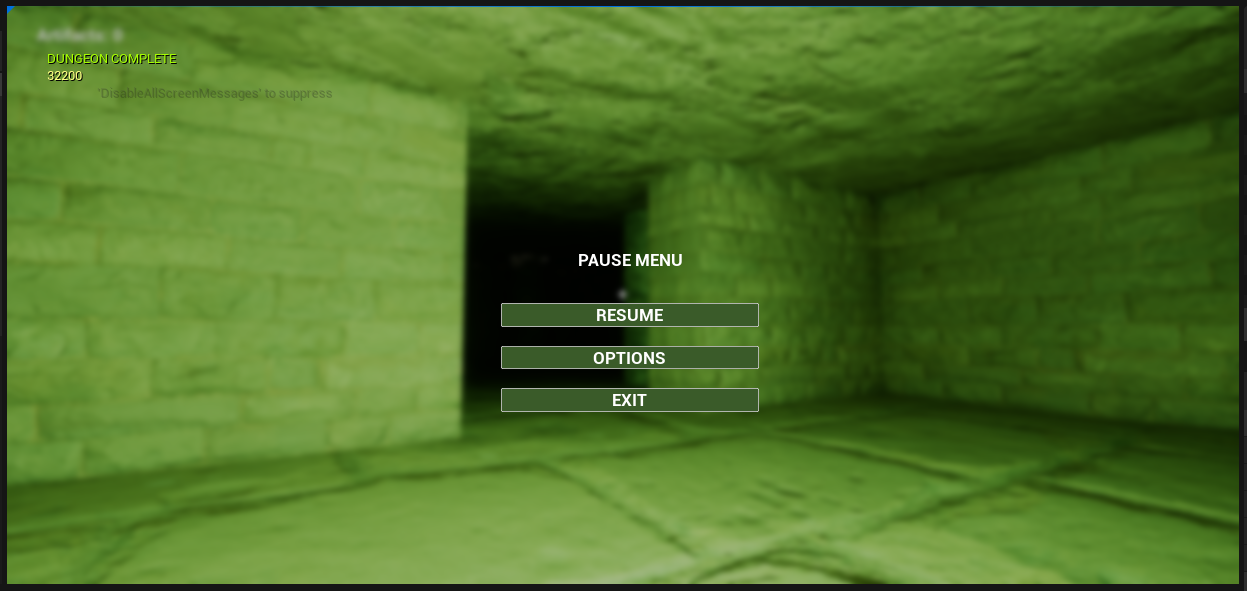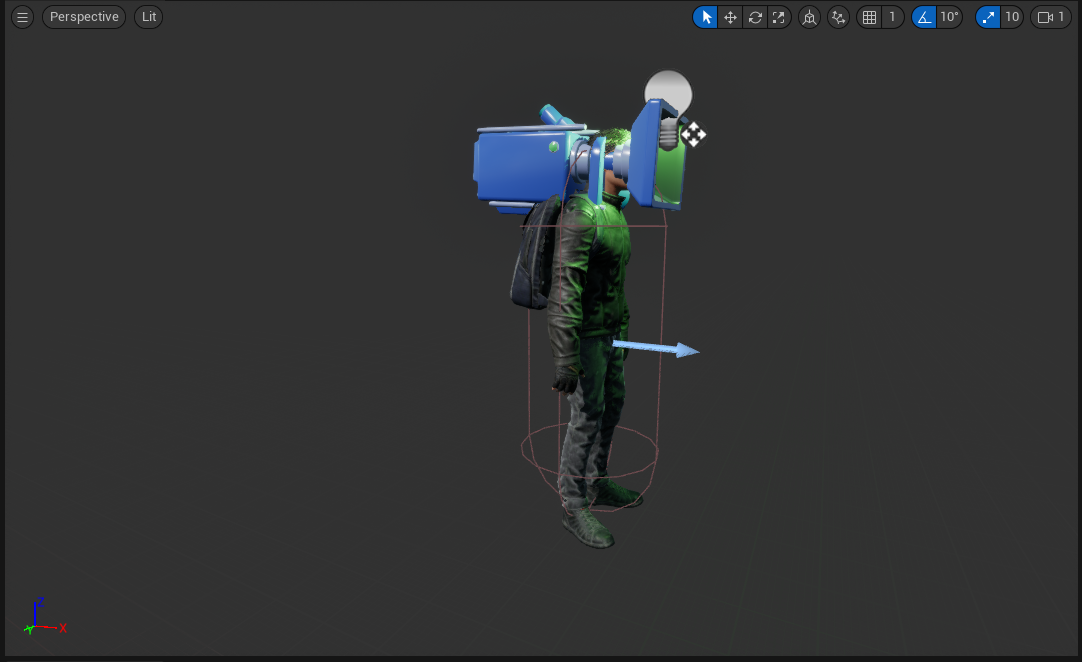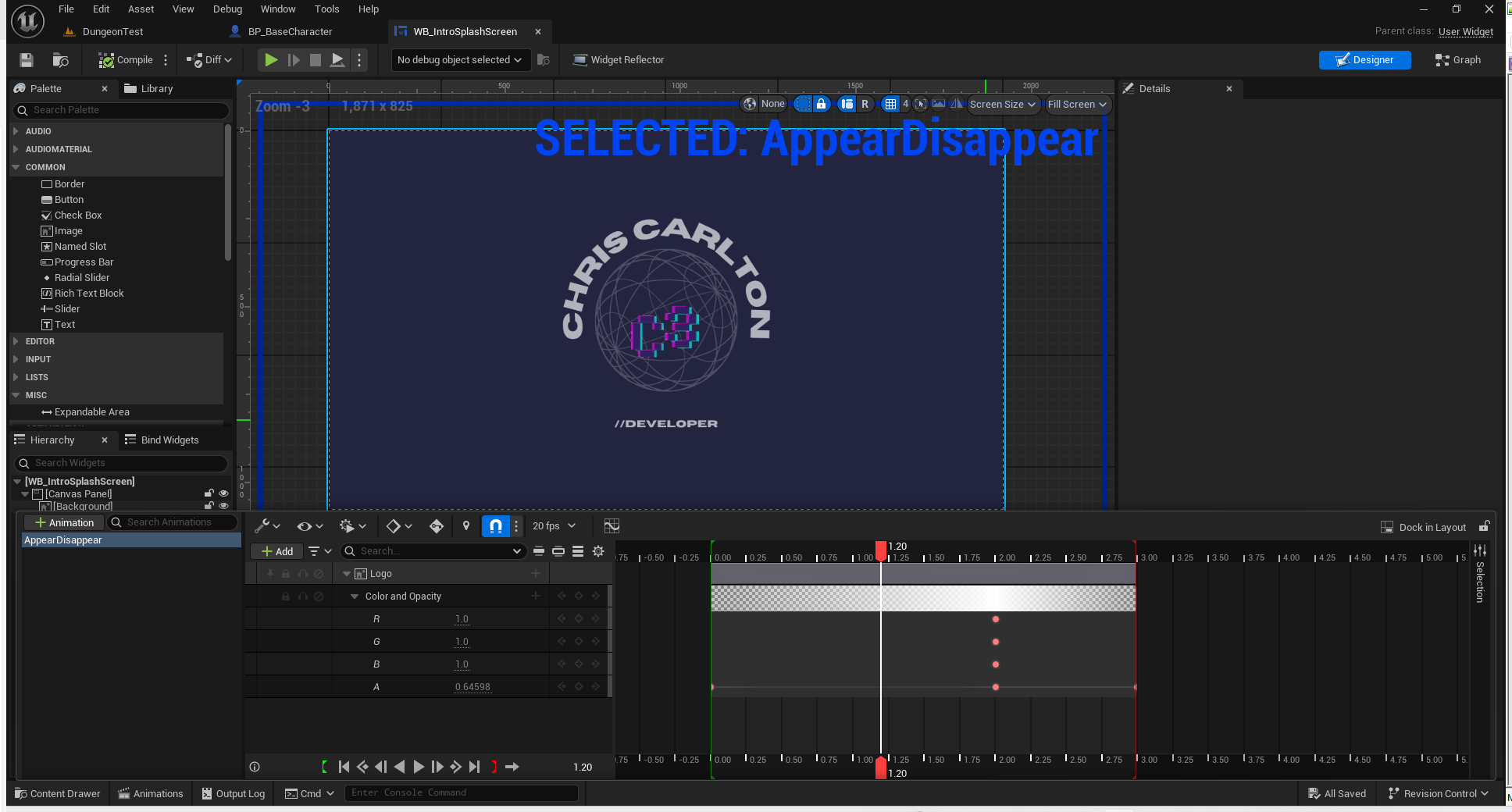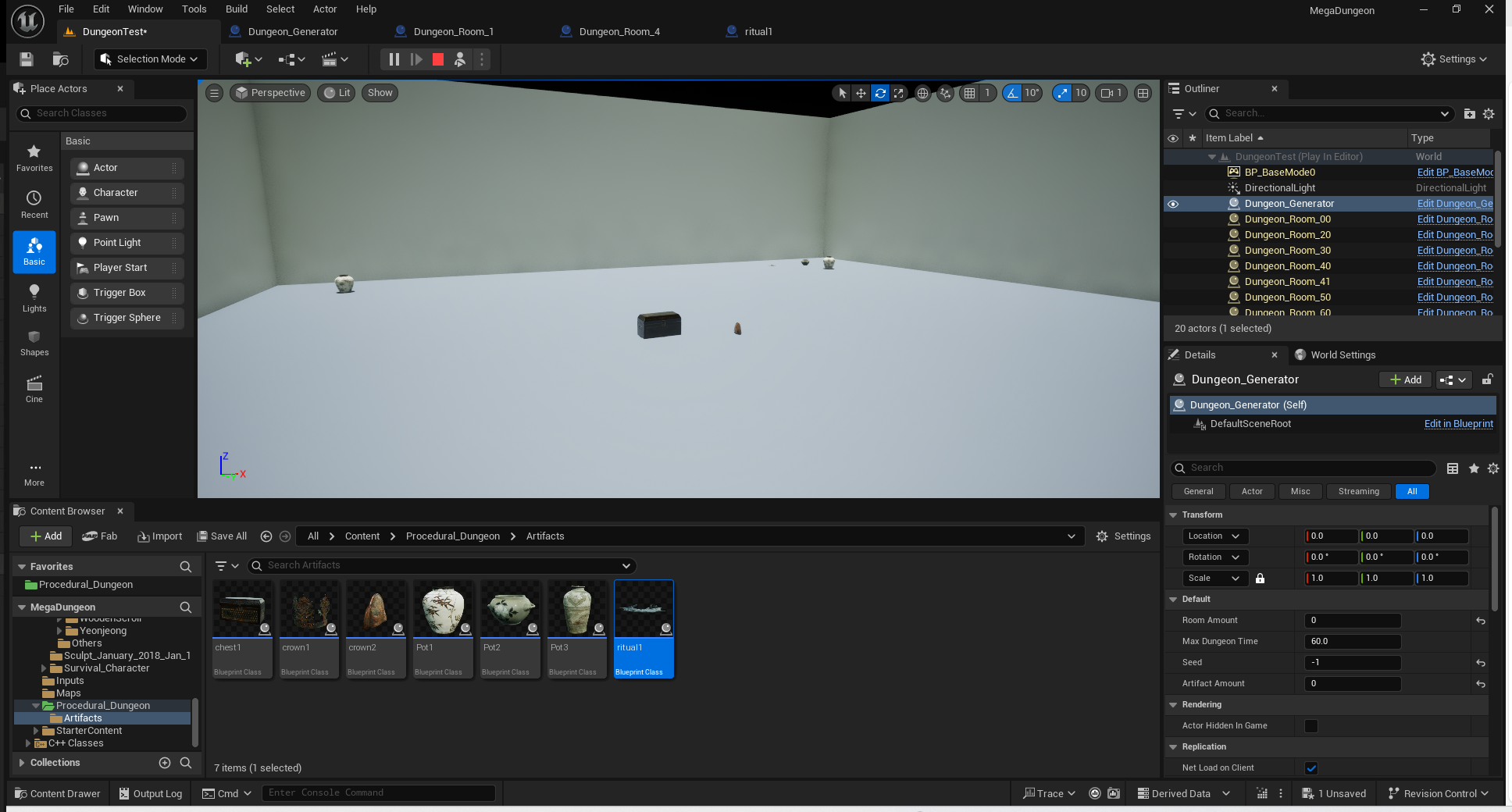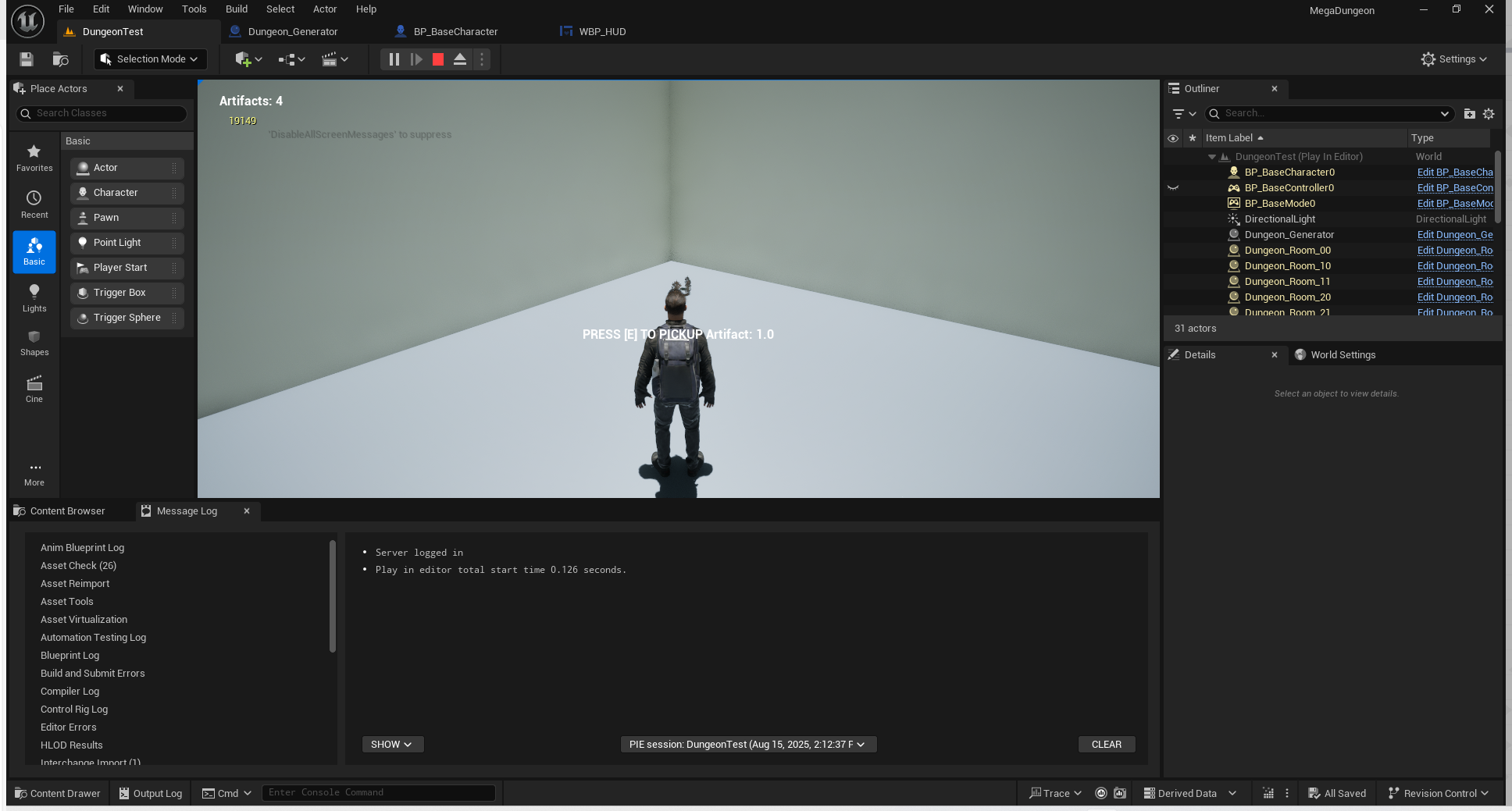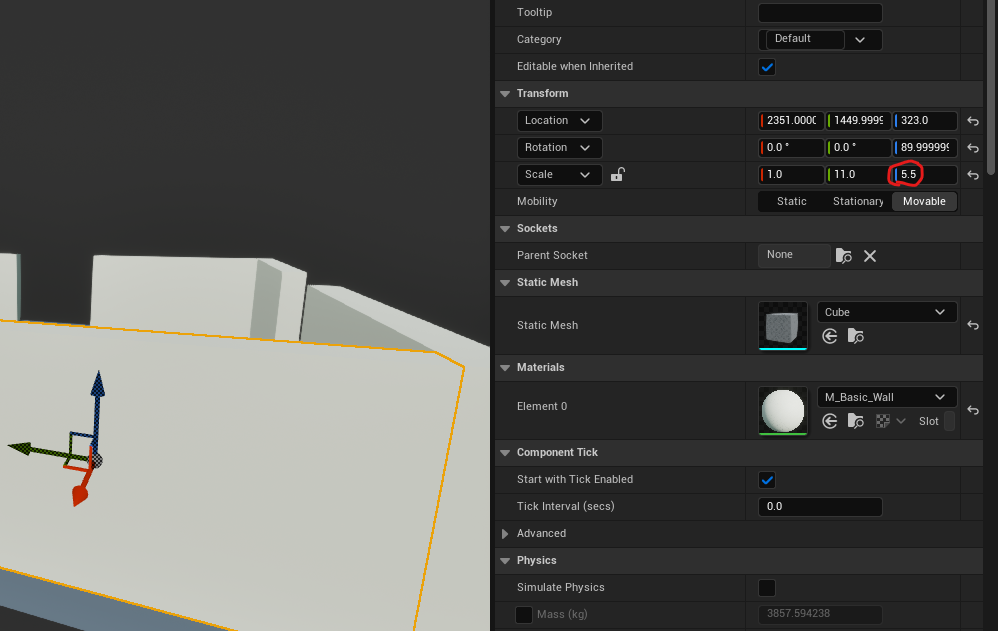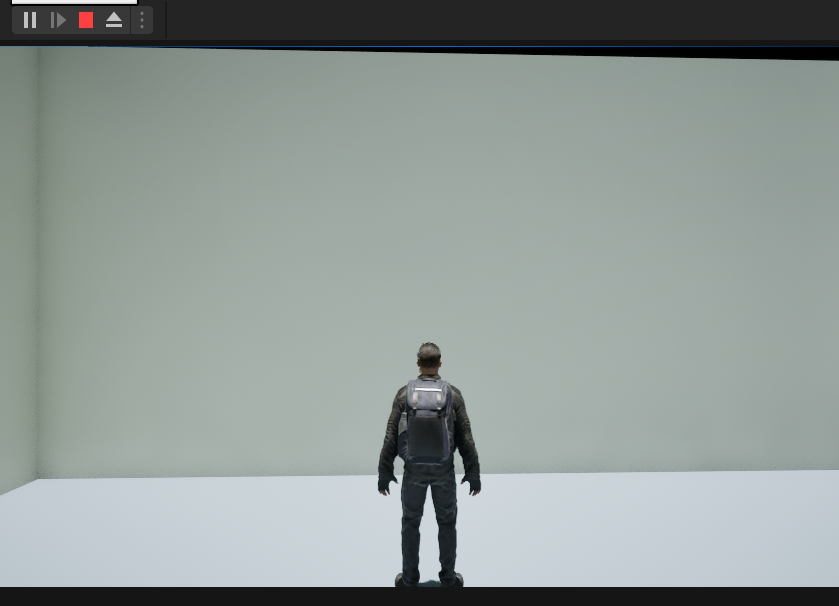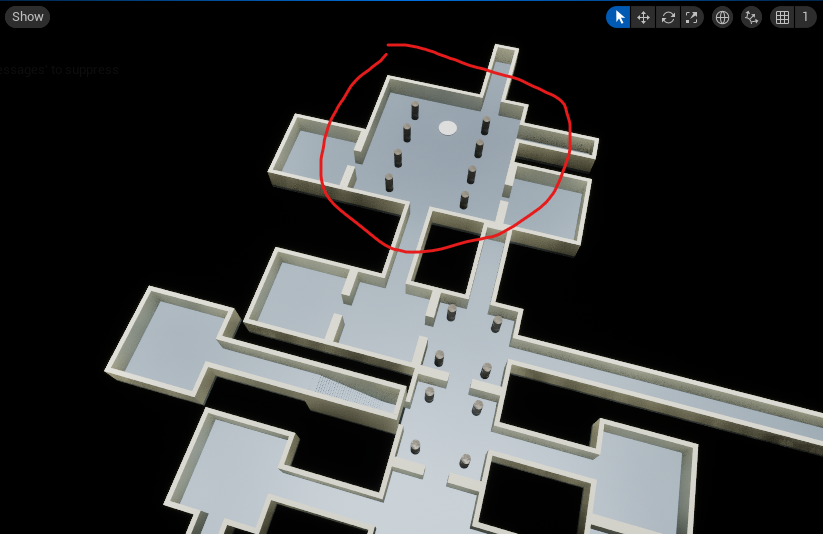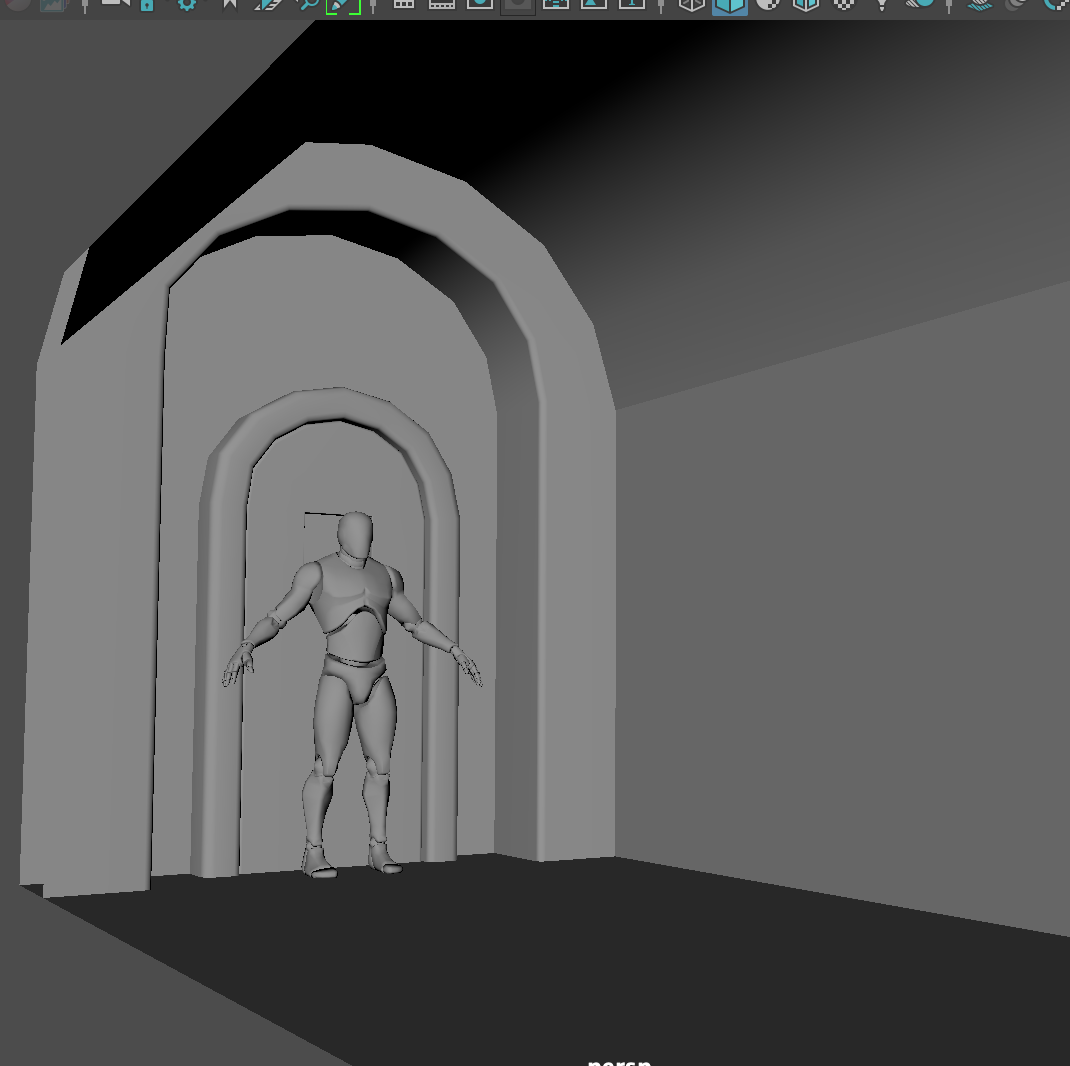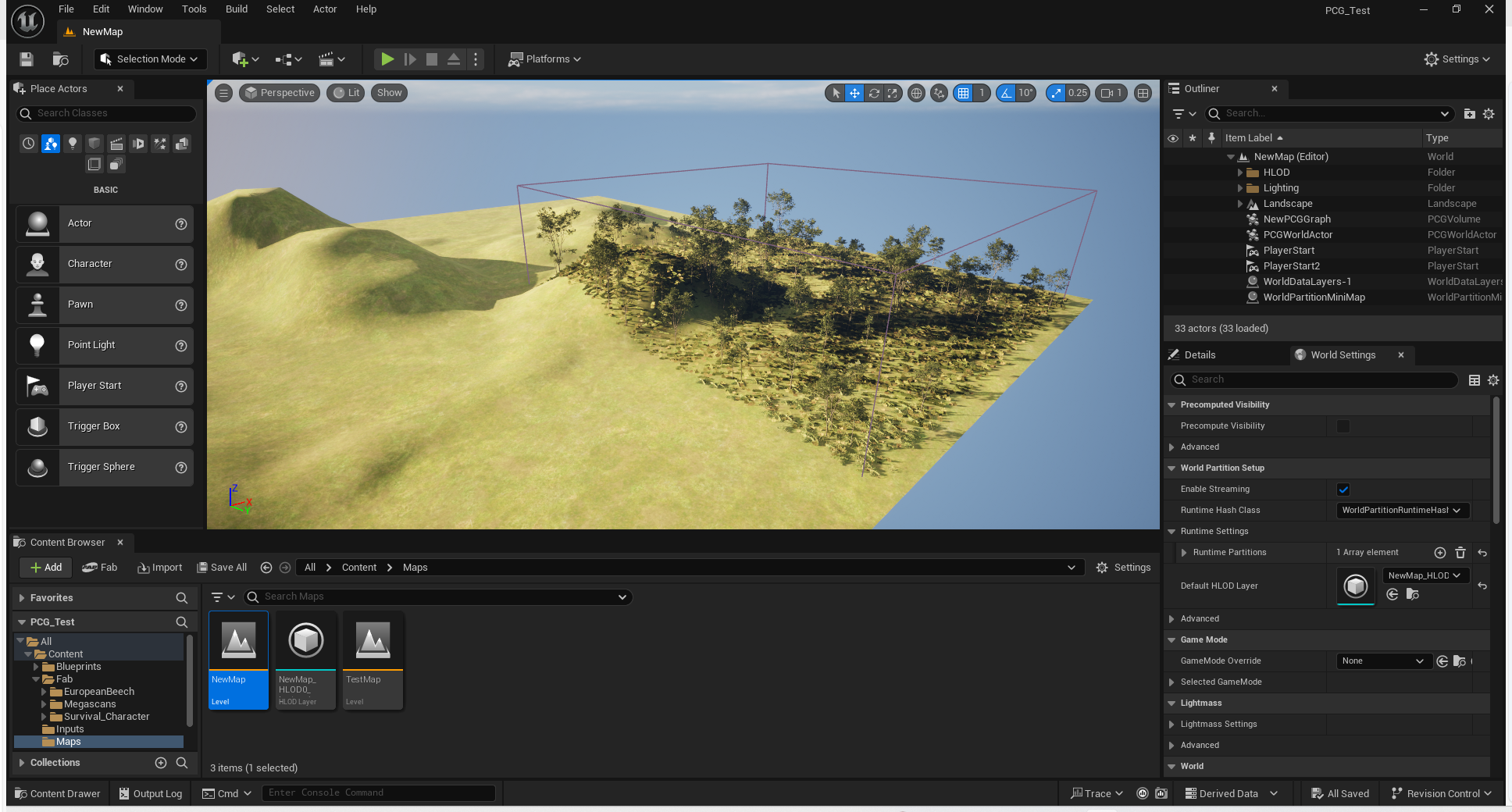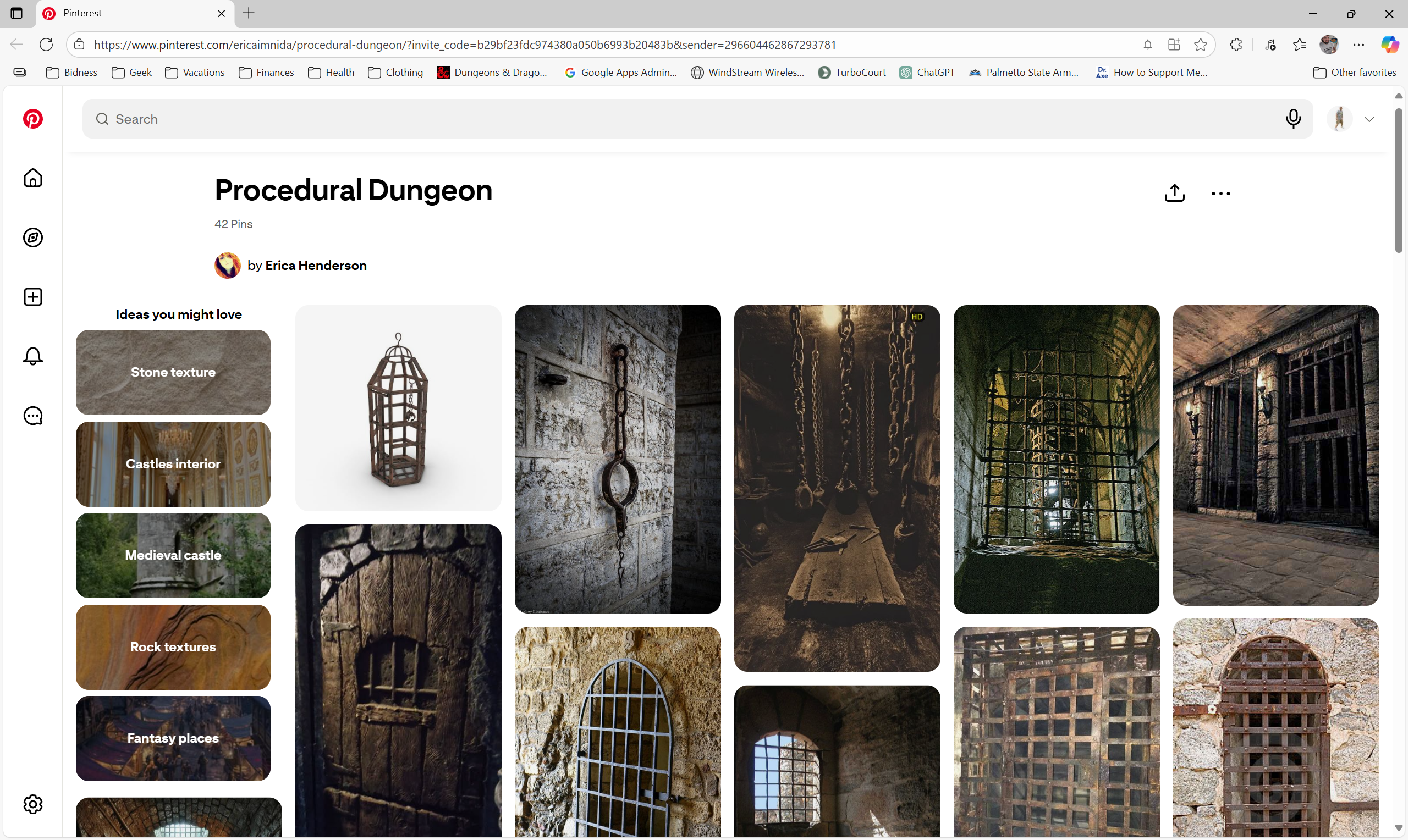What I’ve Been Working On:
Over the past few days, my focus has been on adding polish and variety to the project. Following up on last week’s work, I’ve now implemented a basic options menu. From here, players can control master volume, change their screen resolution, and adjust key graphical settings like texture and shadow quality. To improve the game’s presentation, I also designed and added a new logo and title, “Mega Dungeon,” to the main menu. Additionally, I’ve implemented “Easy,” “Medium,” and “Hard” difficulty settings, which directly control the size of the dungeon by setting the number of rooms to 20, 40, or 100, respectively.
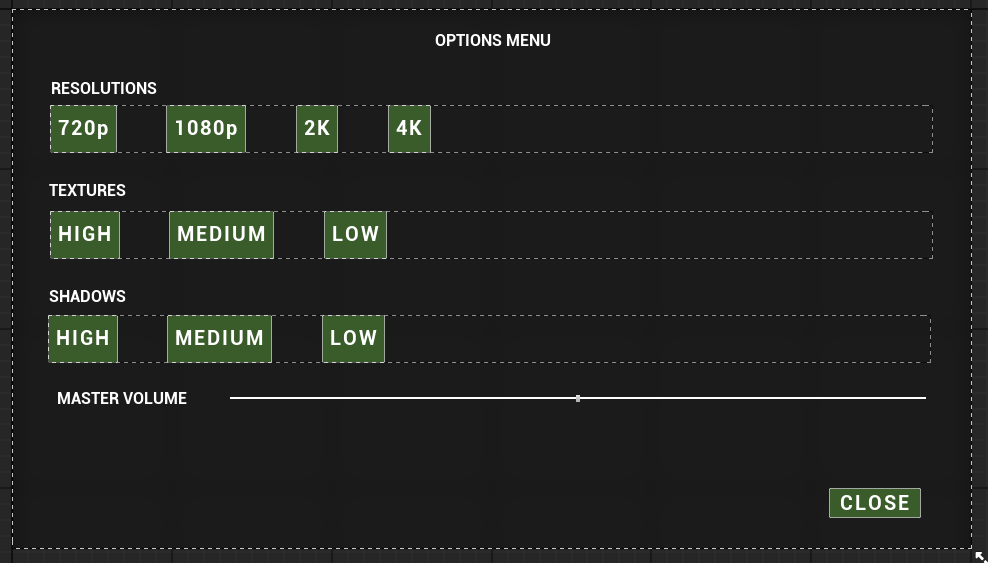
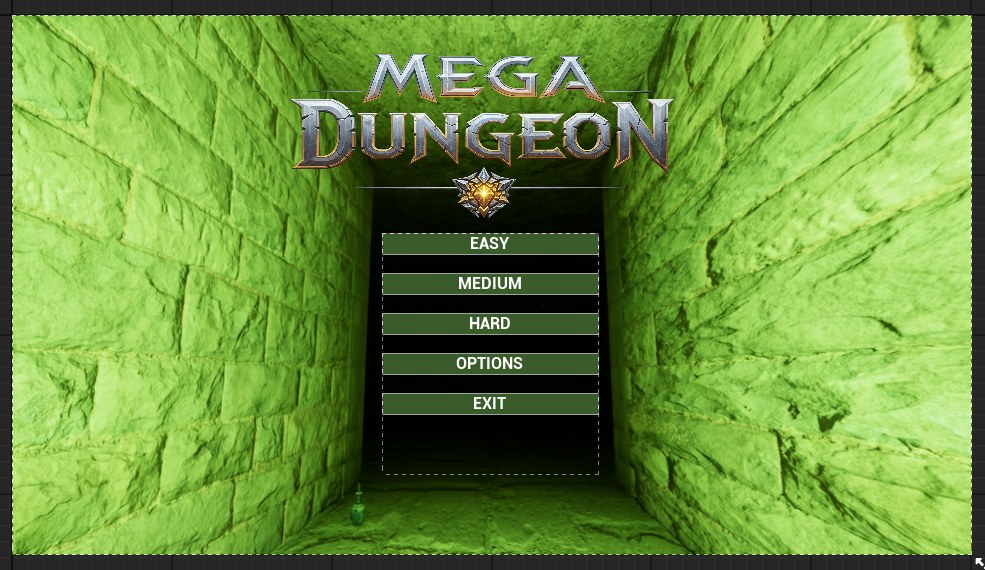
The biggest update, however, is to the dungeon generation itself. I’ve introduced a new category of “special rooms” that have a much lower chance of appearing. The system is currently set to spawn one special room for every ten regular rooms, which helps break up the pacing and adds rare points of interest for the player to discover. This special list includes unique set pieces like the Cthulhu statue chamber, a new smaller monster statue room, staircases, and environmental storytelling rooms like one with a collapsed exit blocked by rubble.
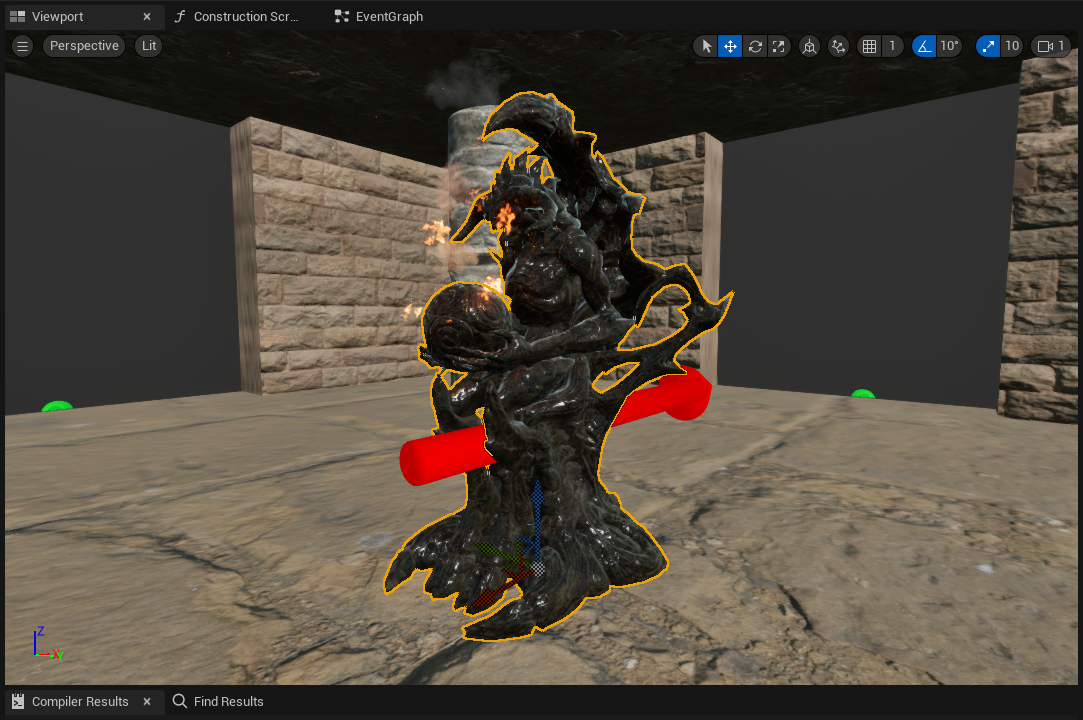
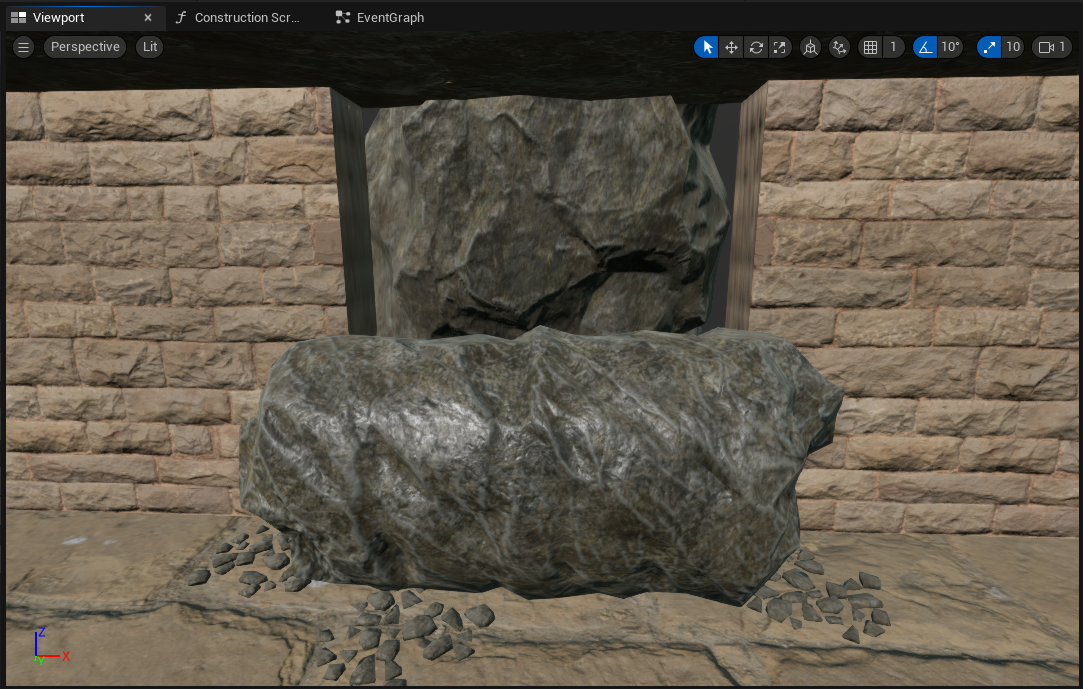
Current Status:
The game now features a complete menu flow with a functional options menu and difficulty settings. The main menu has a polished title/logo. The dungeon generator is significantly more varied, using a weighted system to mix rare, unique rooms in with the standard layouts.
Next Steps:
With the options menu functional, my next technical task is to make those settings persistent, so the game remembers a player’s choices between sessions. After that, I plan to start adding unique gameplay interactions to the new special rooms to make their discovery even more meaningful for the player.
